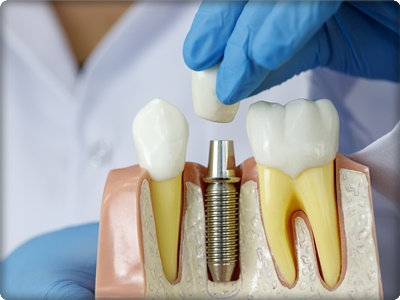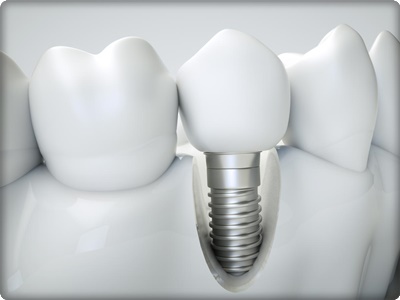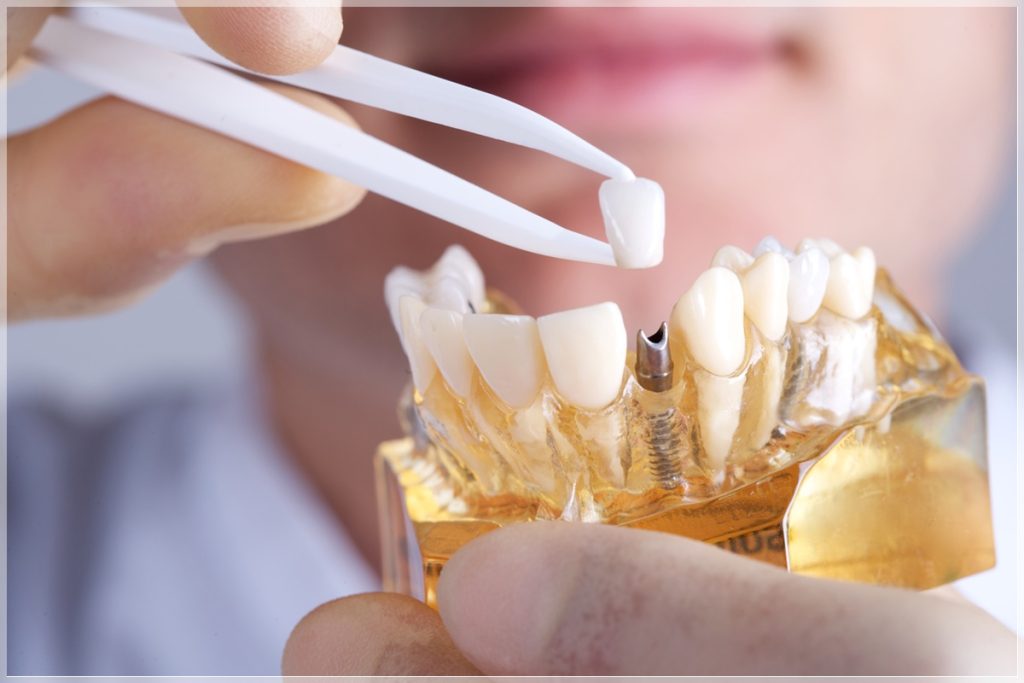- Ataşehir mahallesi 8229/1 sokak A Blok No:3/1, İzmir, Turkey



Implant types and the methods used in implant treatment are detailed below:
Endosteal Implant: A surgical procedure is used to place the implant screws into the jawbone. After the screws are placed, the gums are allowed to heal. Once healed, the dentist shapes the gum, and the artificial teeth or bridge are attached to the implant screws.
Subperiosteal Implant: In this method, a metal frame is placed under the gum, on top of the jawbone. After the gums heal, the metal framework is exposed, and implant screws are attached to it. This type of implant is commonly preferred for patients who cannot have traditional endosteal implants.
Implant treatments are only suitable for patients over the age of 18. Factors such as the patient’s jawbone development, general health, and dental conditions are considered before treatment.

Implant treatment is not suitable for:

Steps involved in implant treatment:
To ensure a painless procedure, local anesthesia is administered. In some cases, sedation may also be used. After the operation, any discomfort can be managed with painkillers, and the healing process typically takes 1 to 3 months.
The healing time varies depending on whether the implant is placed in the upper or lower jaw. Implants in the lower jaw generally heal in 2-4 months, while those in the upper jaw take 1-3 months.
After the healing period, permanent prosthetics made from zirconium or porcelain are attached to the implant screws without the need for further incisions. The prosthetic teeth are designed to fit the screws perfectly.
Proper care for implant prosthetics includes using the right cleaning materials. Fluoride toothpaste should be avoided, and a soft toothbrush should be used to clean the prosthetics. It’s important to avoid chewing hard objects or sticky foods, as these can damage the prosthetics. Proper oral hygiene and care are essential for the longevity of implants.